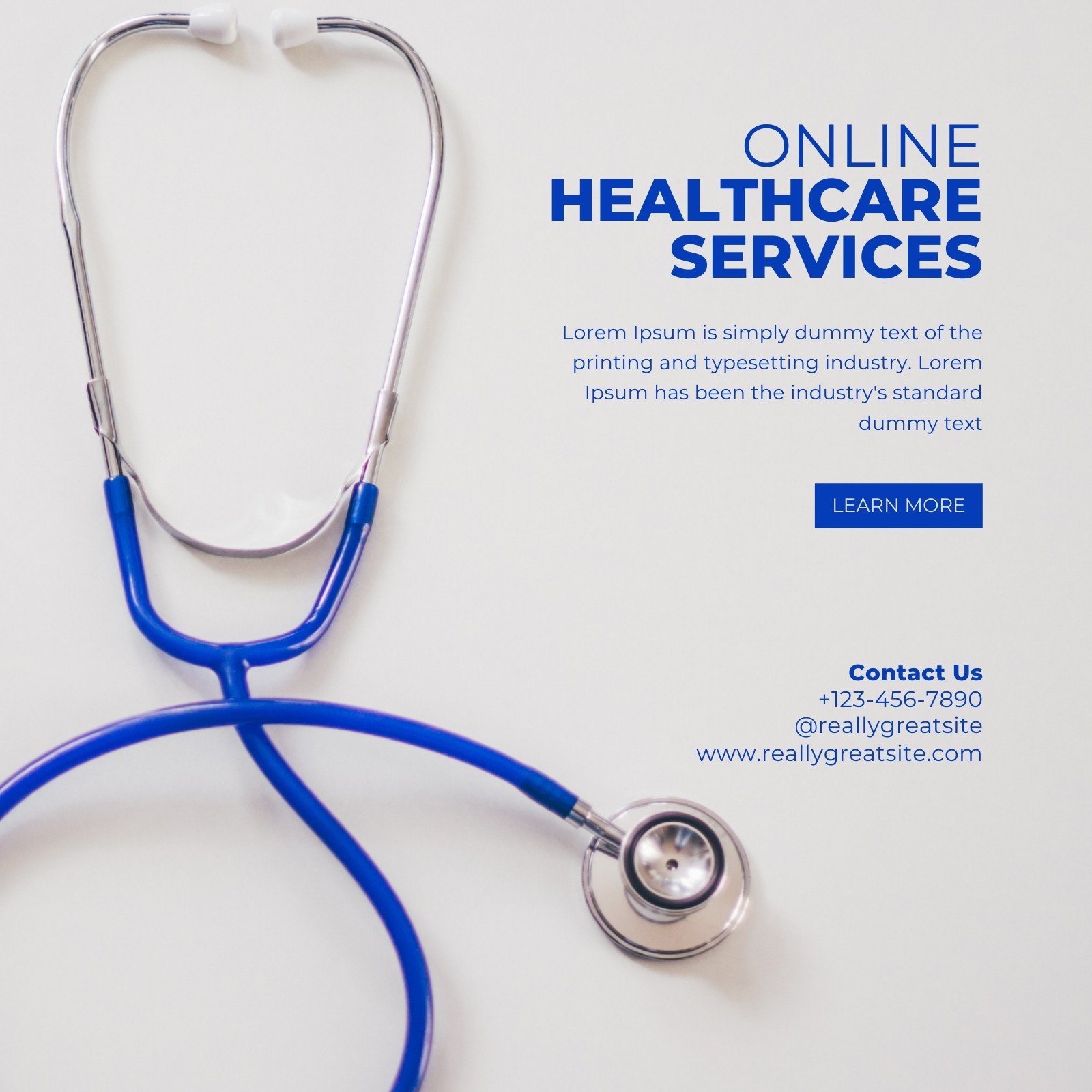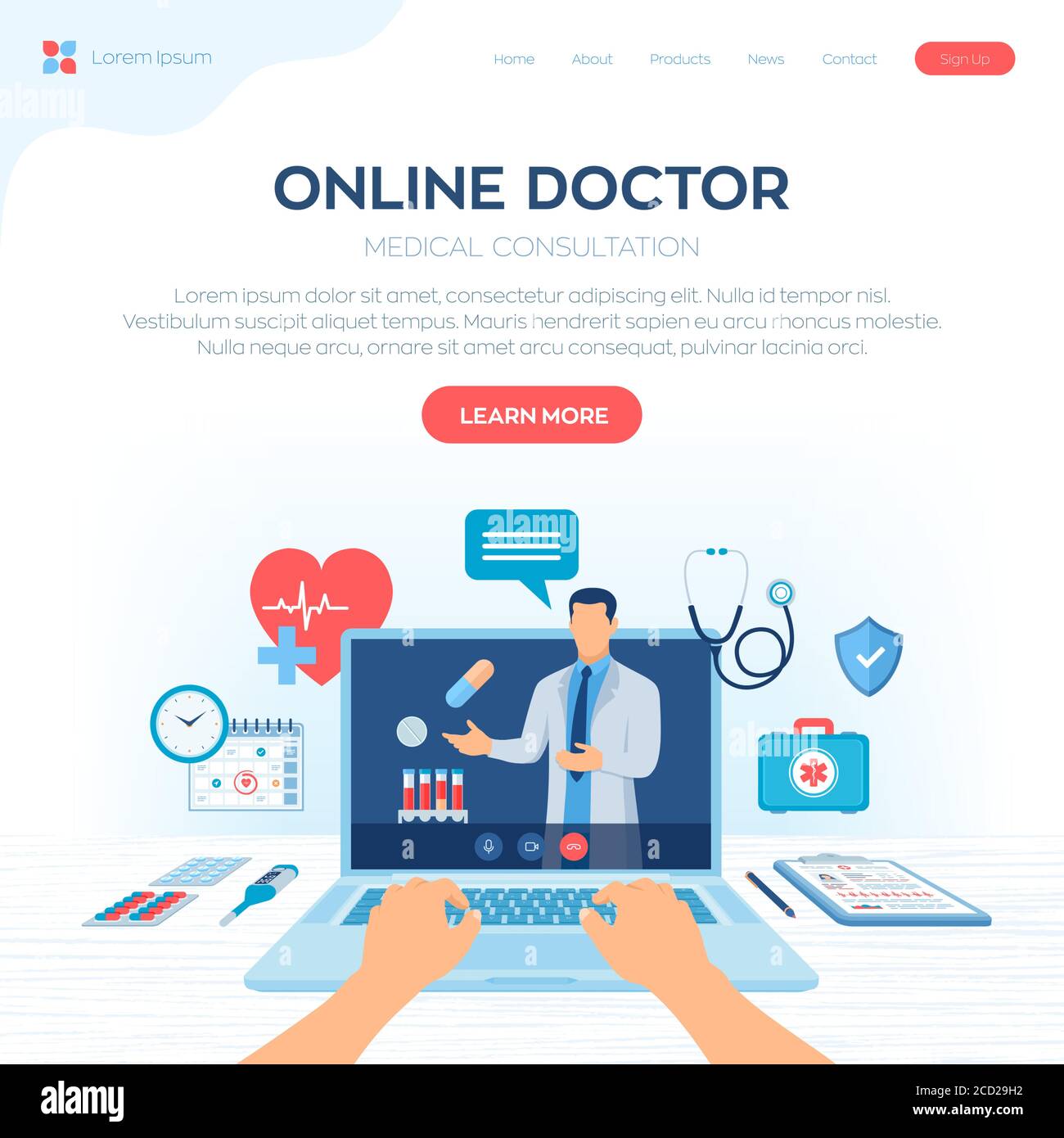The Impact of Subscription Based Healthcare on Conventional Medical Practices
Wiki Article
The Rise of Subscription-Based Health Care and Its Effect on Person Care
As medical care advances, the subscription-based model is obtaining grip, assuring to reinvent patient treatment by using predictability and access. These versions, which bypass conventional insurance, could redefine the patient-doctor dynamic, emphasizing personalized and preventative care. As with any kind of development, they offer obstacles, particularly concerning fair access for all socioeconomic groups. The capacity for these models to improve medical care shipment raises pushing inquiries concerning their lasting sustainability and inclusivity. Are these membership solutions the future of health care, or do they run the risk of leaving vulnerable populations behind? The complexities of this shift warrant a better examination.Understanding Subscription Medical Care Models
Comprehending the idea of membership healthcare models involves examining a transformative technique to clinical services that emphasizes cost and access. These models, commonly described as direct primary care (DPC) or attendant medication, have become ingenious choices to traditional fee-for-service health care systems. Subscription medical care allows clients to pay a fixed month-to-month or annual fee for a defined collection of medical solutions, which might consist of endless office check outs, routine check-ups, and standard laboratory tests, without the demand for conventional insurance policy payment.The framework of membership healthcare versions is designed to enhance client care by eliminating third-party payers and complex billing codes, consequently minimizing administrative concerns. Doctor can concentrate a lot more on individual care, cultivating more powerful patient-provider relationships. This version additionally advertises preventative care by urging regular gos to, as the monetary challenge of per-visit charges is gotten rid of.
The registration design usually equips healthcare suppliers to take care of smaller sized patient panels, enabling for more tailored treatment. It straightens economic incentives with client health outcomes, as service providers are encouraged to maintain patient fulfillment and well-being. Overall, recognizing subscription health care versions needs recognizing their potential to improve exactly how treatment is provided and accessed.
Advantages for Companies and individuals

For providers, subscription-based designs use the opportunity to grow patient-provider partnerships. With a constant profits stream, healthcare professionals can commit even more time per person, causing a more personalized and thorough treatment experience. This design also lowers dependence above person volumes, easing exhaustion and boosting task complete satisfaction. In addition, the focus on preventative care within subscription strategies can bring about far better client results and decreased long-term medical care costs. By concentrating on continuous care, providers can attend to issues before they rise, inevitably benefiting the health care system as an entire by minimizing the worry on emergency situation and severe treatment solutions.
Challenges and Issues
While subscription-based healthcare models present many benefits, they also come with a collection of difficulties and issues that need to be dealt with. This raises moral questions about fair accessibility to healthcare services.Financial sustainability of subscription-based versions is another problem. Service providers need to stabilize the set earnings from registrations with the variable costs of healthcare solutions, which may fluctuate because of unanticipated medical demands. This can produce stress to restrict services or boost costs, potentially affecting client complete satisfaction and care top quality.
In addition, governing oversight of subscription-based medical care versions is still advancing. Resolving these difficulties is vital for the effective and equitable application of subscription-based medical care.
Effect On Patient-Doctor Relationships
One significant influence of subscription-based healthcare versions on patient-doctor connections is the potential for improved connection and personalized treatment. By embracing a registration design, physicians can take care of a smaller sized person panel, permitting even more specialized time with each individual. This raised accessibility fosters a much deeper understanding of a client's case history, way of life, and choices, making it possible for a lot more tailored therapy strategies and interventions.
Nevertheless, it is very important to recognize that while subscription-based designs may benefit those that can manage them, they could unintentionally widen healthcare variations. Clients that are not able to join these designs might experience lower accessibility to customized treatment, potentially impacting their relationships with doctor. Hence, while the subscription model offers encouraging benefits for patient-doctor relationships, it likewise postures obstacles that need to be dealt with to ensure fair medical care accessibility.
Future of Healthcare Access

The role of technology can not be neglected in this change. Telemedicine platforms and electronic health documents promote seamless communication in between individuals and health care service providers, breaking down logistical and geographical barriers. Additionally, advancements in fabricated knowledge and information analytics can better customize clinical treatment by forecasting individual requirements and maximizing therapy plans.
Nonetheless, the future of medical care access likewise presents obstacles, such as guaranteeing equity across various socio-economic teams. Policymakers and medical care providers have to work together to bridge the digital divide, making certain that subscription-based versions Going Here stay affordable and comprehensive. As these systems grow, they hold the pledge of making healthcare more accessible, efficient, and patient-centric.
Final Thought
Subscription-based medical care models are improving individual treatment by giving a stable cost structure and enhancing availability. These designs strengthen patient-provider relationships with individualized treatment and regular gos to, stressing preventative wellness. In spite of these advantages, obstacles such as availability problems for low-income populations and the need for equitable health care options continue. The surge of subscription-based medical care encourages proactive patient engagement, which has the prospective to enhance individual end results and contentment, indicating a transformative shift in medical care shipment.As medical care develops, the subscription-based model is getting traction, guaranteeing to revolutionize individual treatment by providing predictability and availability.Subscription-based medical care designs use distinct benefits for both clients and service providers, improving the overall medical care experience.As healthcare systems advance, the future of healthcare accessibility frequently hinges on the integration look here of innovative designs and modern technologies.Subscription-based medical care designs are reshaping individual care by offering a secure cost structure and improving accessibility. The rise of subscription-based medical care urges positive individual engagement, which has the possible to improve person outcomes and complete satisfaction, indicating a transformative shift in medical care distribution.
Report this wiki page